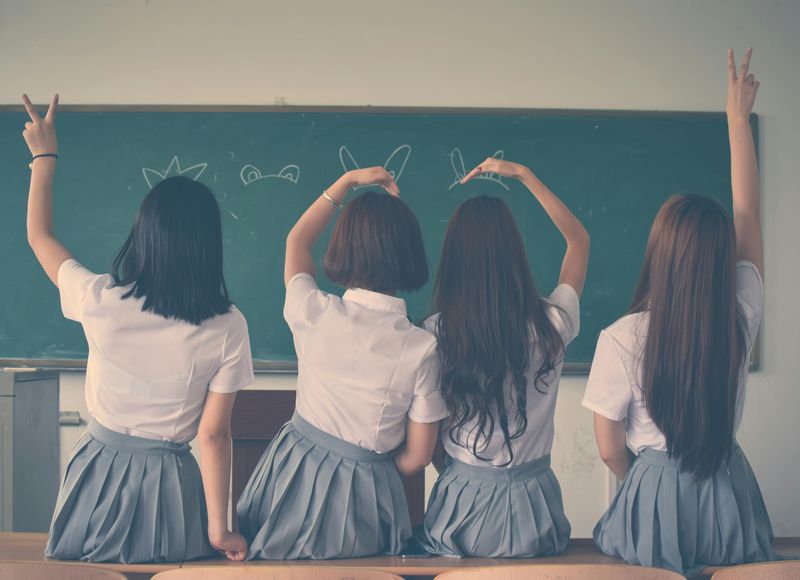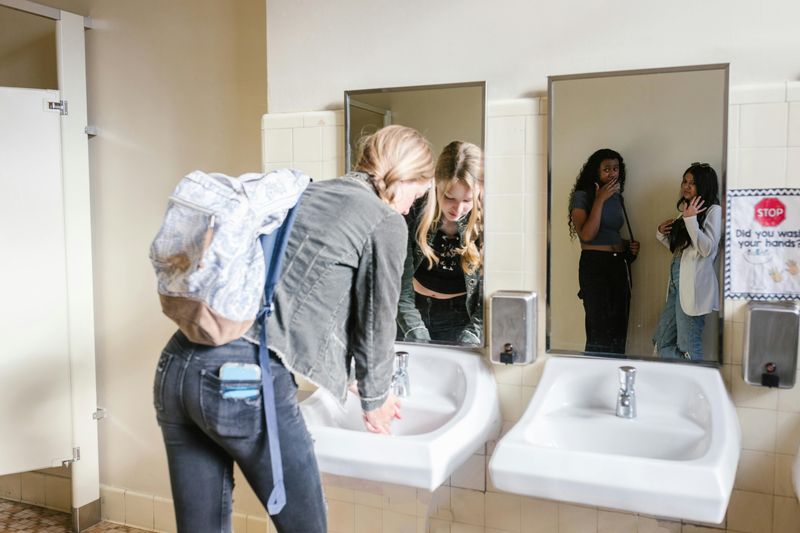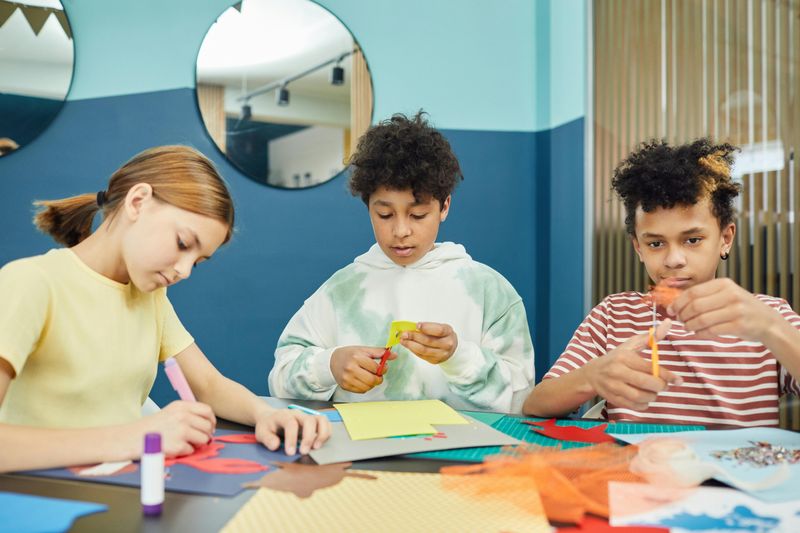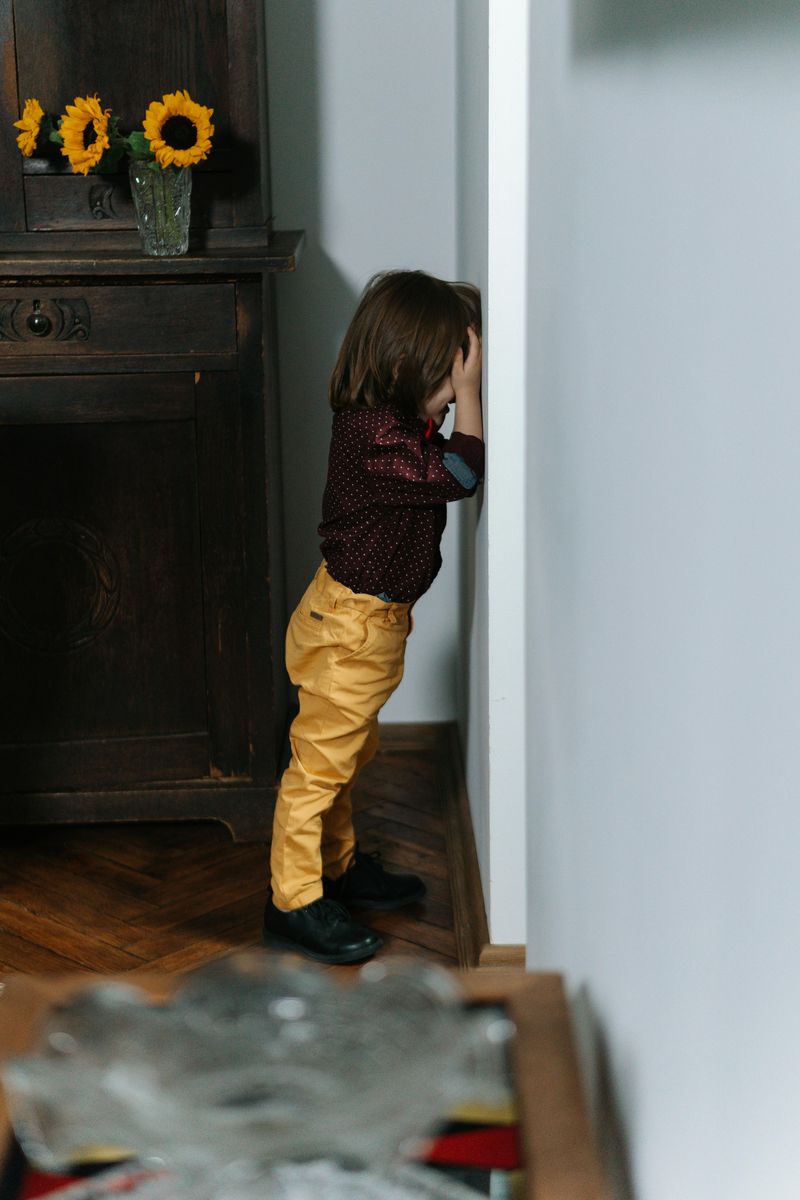10 Outdated School Rules That Would Never Fly Now

Schools used to run on rules that now sound like plot twists from a dystopian novel. Some were dressed up as “discipline,” others as “tradition,” but most just crushed kids’ autonomy and identity.
The wild part? These policies were normal, enforced, and defended by adults who should’ve known better. Let’s open the yearbook from the past and see which rules would spark instant outrage today—and why they should’ve never existed in the first place.
1. Girls Must Wear Skirts (No Pants Allowed)

Before comfort or practicality entered the chat, some schools policed girls’ wardrobes down to the hemline. Snowstorm outside? Too bad—bare legs under a skirt were still “ladylike,” apparently. The idea was that femininity had a dress code, and obedience was measured in inches of fabric. Girls who wore pants were sent home, shamed, or marked as troublemakers.
Beyond being impractical, this rule baked in the message that girls existed to be seen, not to move freely. It discouraged sports, limited participation in activities, and made winter mornings a miserable fashion gauntlet. From a safety perspective, skirts restricted mobility and warmth, which should’ve been common sense.
Today, most schools focus on equity and functionality, not outdated gender norms. Inclusive dress codes allow students to learn without wardrobe anxiety. Besides, pants have pockets—progress and practicality in one glorious stitch.
2. Boys Can’t Have Long Hair or “Unusual” Styles

Hair length once had the power to get boys suspended, sent home, or forced into humiliating on-the-spot haircuts. Administrators claimed long hair was distracting, rebellious, or dangerous to classroom order. In reality, it policed individuality and reinforced narrow ideas of masculinity. It also punished cultural and religious expressions tied to hairstyles.
The rules escalated into absurdity: tape measures for bangs, “ear visibility” standards, and buzz cuts in the nurse’s office. Kids learned early that conformity mattered more than comfort or identity. Imagine missing algebra because your sideburns were a quarter-inch too adventurous.
Modern policies increasingly protect students’ rights to natural, cultural, and expressive hair. Laws in many regions now prohibit hair-based discrimination. Education works best when creativity is welcomed—not shaved off for the sake of outdated control.
3. No Talking in Class. Ever. Even Group Work Was “Disrespectful”

Silence wasn’t just golden—it was enforced like martial law. Students were expected to sit still, keep their questions to themselves, and absorb information without discussion. Collaboration was equated with misbehavior. Even whispering during group work could earn detention because “the teacher is the only voice that matters.”
The approach squashed critical thinking and made classrooms feel like libraries with anxiety. Learning is loud, messy, and full of questions—yet the old rulebook confused quiet compliance with academic success. Kids learned to fear raising their hands or challenging ideas, which undercuts curiosity.
Today, we know peer discussion boosts understanding and memory. Group projects, Socratic seminars, and inquiry-based learning are standard because students learn from each other. Respect isn’t silence; it’s shared space where voices are welcomed and ideas are tested.
4. Corporal Punishment: Getting Hit with Paddles, Rulers, or Chalkboard Erasers

Imagine getting swatted with a paddle for chewing gum or swiped with a ruler for messy handwriting. That wasn’t a nightmare—it was policy. Some schools institutionalized pain as a teaching tool, believing fear produced order. Kids learned that mistakes brought bruises, not guidance.
Research later linked corporal punishment to increased aggression, anxiety, and worse academic outcomes. It didn’t teach self-regulation; it taught avoidance and resentment. The very adults tasked with protection turned into enforcers, normalizing violence under the banner of discipline.
Many regions have banned the practice, though it lingers in a few places. Education now prioritizes restorative approaches and social-emotional learning. Accountability can exist without harm, and respect isn’t something you can beat into a child—only model with consistency and care.
5. Zero Tolerance for Left-Handed Students

Left-handed kids were once corrected like malfunctioning typewriters. Teachers tied hands, snapped wrists, or forced awkward grips to “fix” the problem. Some believed left-handedness signaled laziness, defiance, or superstition. The result: smudged notebooks, aching hands, and humiliation disguised as instruction.
Neurology tells a different story: handedness is natural, not a moral choice. Forcing right-handed writing can hinder fine motor skills and literacy. It adds frustration where support should be—like providing lefty scissors or angled desks to prevent ink smears.
Modern classrooms largely embrace ergonomic tools and celebrate differences. Kids write with the hand their brain prefers, and shockingly, the world keeps turning. It’s a reminder that “standards” often mask biases, and the fix is empathy plus science.
6. No Bathroom Breaks Without Public Permission

Needing to announce bodily functions to thirty peers is a special kind of mortification. Some schools enforced single passes, timed breaks, or blanket denials. Emergencies didn’t matter; control did. Kids developed strategies—dehydrating, holding it, or praying the clock moved faster than their bladder.
Aside from dignity, health takes a hit. Restricting access can cause infections, accidents, and anxiety. Menstruating students faced extra challenges, navigating shame and strict policies simultaneously. “Classroom management” should never trump basic human needs.
Today’s better policies allow discreet, reasonable access and trust students to manage themselves. Clear procedures, nurse support, and stocked bathrooms help learning, not hinder it. Because nobody solves algebra while worrying about a preventable emergency.
7. Banning Kids from Speaking Their Native Language at School

Recess conversations once earned detentions if they weren’t in English. Students were punished for speaking Spanish, Navajo, or any language deemed “un-American.” The message was brutal: your culture is a problem to be corrected. Children learned to translate themselves into silence.
Bilingualism, however, is a superpower. Research shows cognitive benefits, improved empathy, and stronger academic outcomes with additive bilingual education. Instead of punishing heritage, schools can leverage it—dual-language programs boost both language mastery and pride.
Current best practice encourages translanguaging, parent engagement, and culturally responsive teaching. Let kids bring their full selves to class, and watch participation soar. Language is a bridge, not a behavior issue.
8. Humiliating “Dunce Caps” and Public Shaming

Some teachers once made kids wear pointy hats labeled “dunce” or stand in a corner as a spectacle. The goal was deterrence through embarrassment. What it really did was fuse learning with humiliation, making classrooms fear factories. Shame doesn’t teach; it silences.
Psychology backs this up: public ridicule increases anxiety and decreases willingness to take intellectual risks. Students stop asking questions, hide confusion, and associate school with dread. That’s the opposite of a growth mindset, where mistakes are part of learning.
Today, formative feedback, private redirection, and restorative conversations replace theatrics. Classrooms work best when errors are treated like data, not identity. Everyone’s brain is under construction; the job is scaffolding, not spotlighting failures.
9. Mandatory Gendered Classes (Home Ec for Girls, Shop for Boys Only)

Curriculum once came color-coded: recipes for girls, power tools for boys. Students were tracked into futures the adults imagined for them—homemaker or tradesman—with little room to explore interests. Talented engineers got steered toward casseroles; brilliant bakers toward drill presses.
Segregating skills by gender limited confidence and opportunities. It also reinforced stereotypes that still echo in pay gaps and workforce representation. Life demands both financial literacy and basic repairs; we all deserve the full toolkit.
Modern schools push for universal access: coding for everyone, culinary arts for anyone hungry to learn, and maker spaces where creativity trumps gender scripts. Choice-driven electives let passions lead the way. Give kids the menu, not the assignment.
10. Automatic Respect for Adults, No Matter How Abusive They Were

“Because I said so” once doubled as policy and shield. Students were told adults are always right, even when those adults crossed lines. Reporting misconduct could mean punishment for the victim, not accountability for the offender. Silence was rebranded as respect.
That dynamic enables abuse. Healthy communities distinguish authority from infallibility. Students need clear reporting channels, trauma-informed responses, and safeguards that prioritize safety over saving face.
Contemporary schools work to normalize consent, set boundaries, and empower whistleblowing. Respect is mutual and earned through fairness and transparency. When kids can question unjust behavior, everyone is safer—and learning can actually happen.

Comments
Loading…